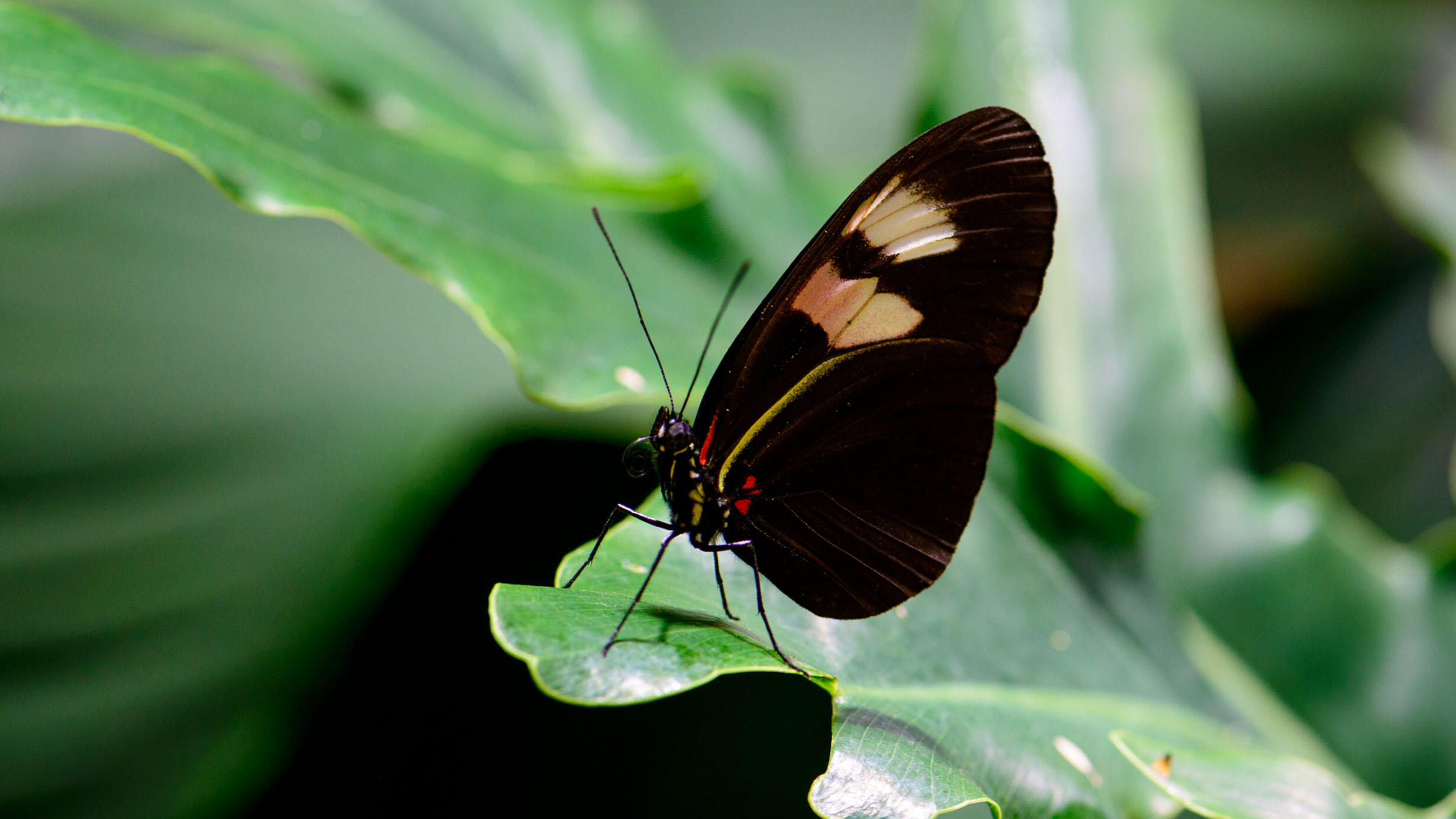Butterfly Conservation
Part of the Davis Family Butterfly Vivarium exhibition.
 Alvaro Keding/© AMNH
Alvaro Keding/© AMNH Climate Change
Is climate change a threat to butterflies? Yes. Changes in our climate, caused by burning fossil fuels like coal, oil, and gas, are harming butterflies.
Monarch butterflies, which migrate between North America and Mexico, are especially affected. As extreme weather becomes more common, monarchs may be killed or driven off course by heat, drought, fires, severe rains, winds, or floods.
As the planet warms, many North American butterflies are moving north or higher into the mountains. One species, Edith's checkerspot, was once common across the western United States. At many sites in southern California, this species has become extinct. Populations are more stable in Canada, and in mountains such as the Sierra Nevada.
Habitat Loss
Human activities, such as logging, building, recreation, and industry can all damage areas where butterflies live. The widespread use of pesticides also threatens butterflies' lives.
The Xerces blue (Glaucopsyche xerces) butterfly became extinct in the early 1940s, after cities expanded in northern California.
You can help butterflies by planting your own butterfly garden and giving butterflies a more opportunities to eat, rest, and reproduce.
Find tips for creating a garden for butterflies in your neighborhood.
Supporting Butterflies
In some areas, butterfly species that declined in the 1900s are more plentiful now. Biologists, conservation groups, and other organizations have been supporting their revival by protecting and managing open areas, growing more of the plants the butterflies feed on, and in some cases, raising endangered butterflies and releasing them into the wild.